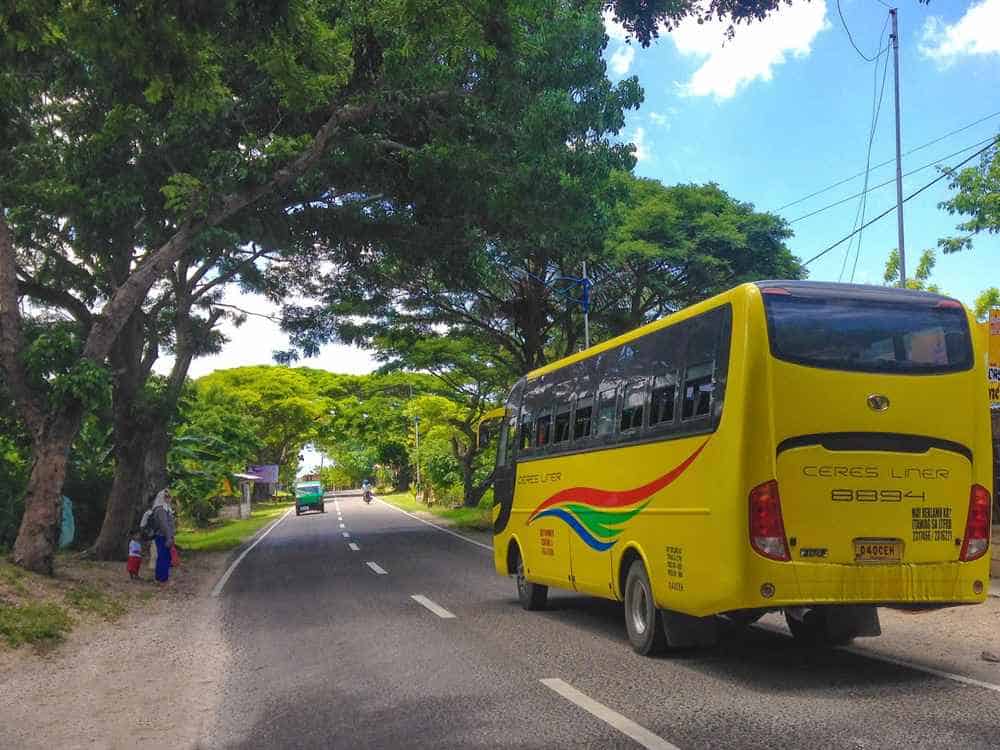Travel to the Philippines
We give you all useful information that your travel to Amila Dive Beach Resort will be pleasant. Please contact us anytime for further info. We are happy to direct you from wherever you’re starting point may be.
Travel from abroad
Many airlines serve this following international hubs daily. Most popular routes to the Philippines are Singapore, Hong Kong and Dubai. After landing in the Philippines, it only takes a short domestic flight to reach Negros.
Philippine Airlines and Cebu Pacific will take you to either Bacolod or Dumaguete, the two airports on Negros Island.
Both companies use modern Air Busses that are serviced by Lufthansa and Swiss Airlines.
Philippine Airlines and Cebu Pacific will take you to either Bacolod or Dumaguete, the two airports on Negros Island.
Both companies use modern Air Busses that are serviced by Lufthansa and Swiss Airlines.
Cebu Pacific Airline
Check out the flight schecue of Cube Pacific Airline to Bacolod/Silay Airport or Dumaguete.
Best experience and fastes way are fromc Bacolod Airport.
Click for - Cebu Pacific AirlineBest experience and fastes way are fromc Bacolod Airport.
Philippines Airline
Check out the flight schecue of Cube Pacific Airline to Bacolod/Silay Airport or Dumaguete.
Best experience and fastes way are fromc Bacolod Airport.
Click for - Philippine AirlinesBest experience and fastes way are fromc Bacolod Airport.
Transport Service
AMILA DIVE BEACH RESORT is offering transportation Service from Bacolod and Dumaguete per Aircon Van. Just get in touch with us for the price.
Contact Us
Travel from Bacolod
From the Bacolod Southbound Ceres bus terminal. An air-con bus departs to Sipalay (via Kabankalan to Cauayan) every hour. Liner buses and DeLuxe (non-air-con) that stop everywhere will depart on a regular base. Just tell the Bus driver to let you out at Bulata. Then its is only a 200 m walk to Amila Dive Beach Resort.
Travel from Dumaguete
If you are coming from Dumaguete there are two routes. First option: Take a bus from Dumaguete to Sipalay (either via Bayawan/Hinobaan) then to Cauayan. Second option: Take a bus from Dumaguete City to Kabankalan City, then take another bus from Kabankalan to Cauayan/Brg. Bulata. Don’t forget to tell the Bus driver to let you out at Bulata. Then its is only a view meters walk to Amila Dive Beach Resort.
